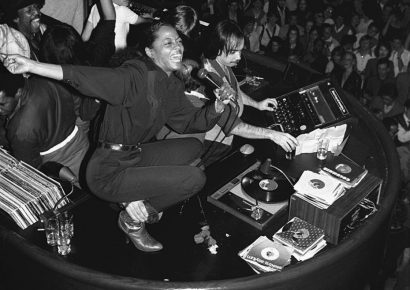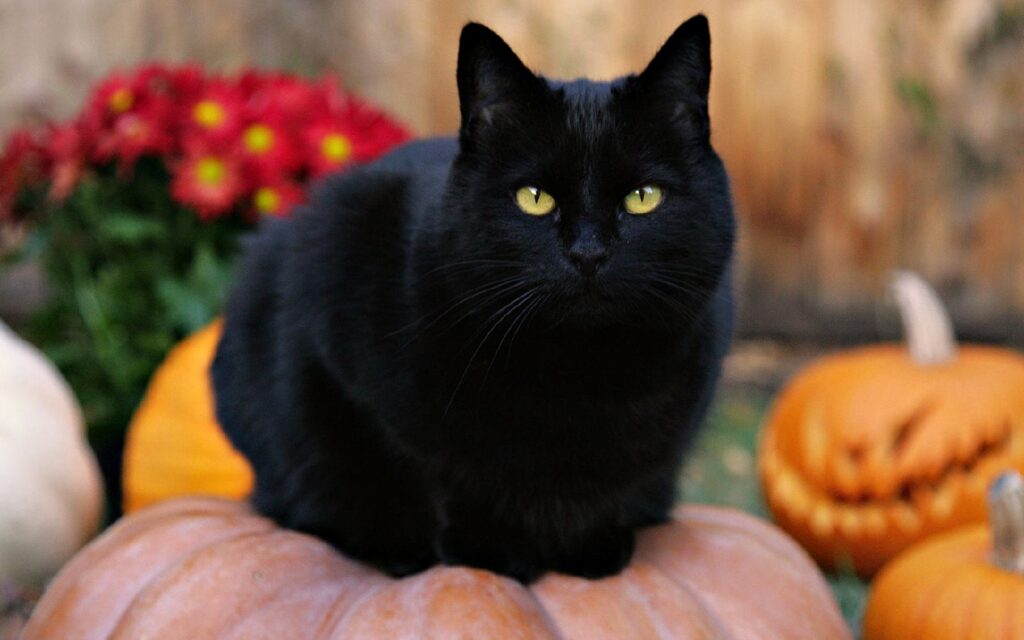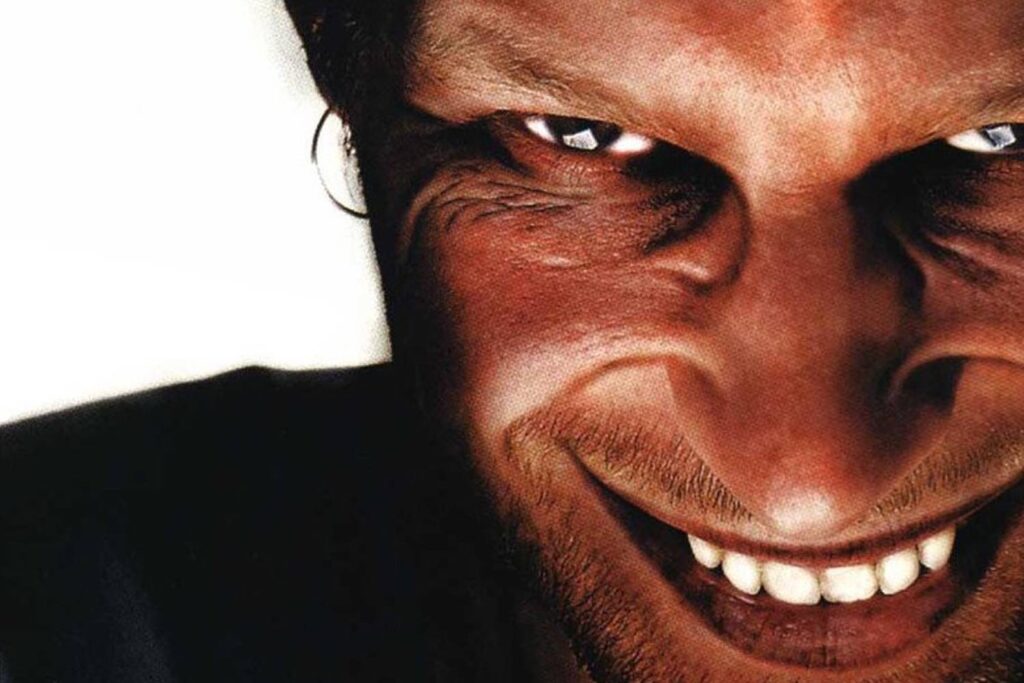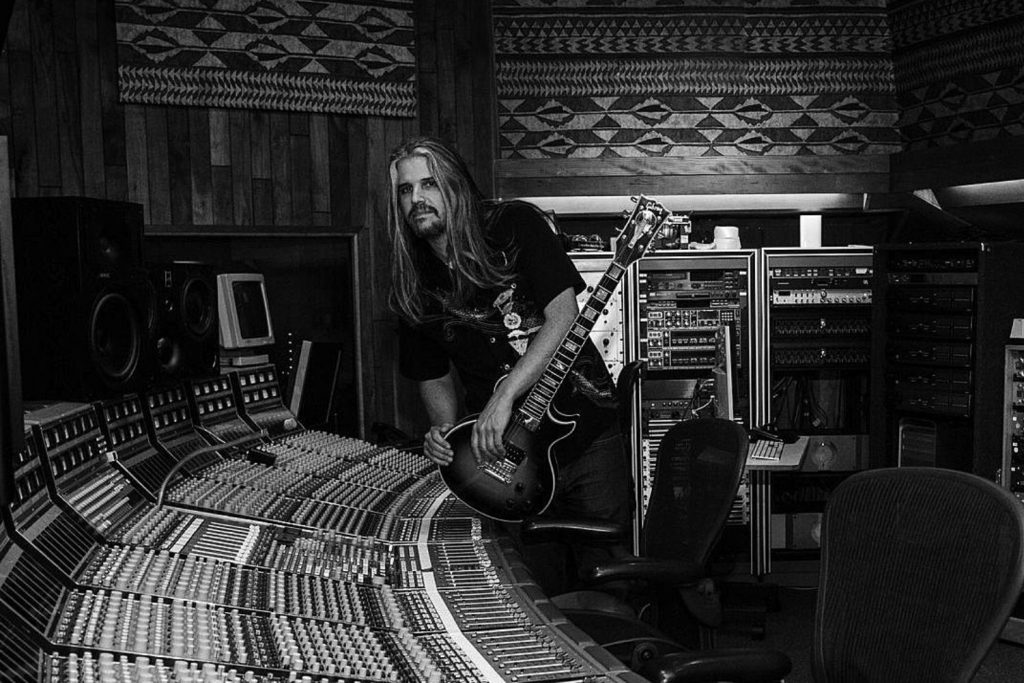With the album doing so well (it was released on August 30 in Australia after debuting at #27 on the USA’s Billboard 200 chart), it seems like a good time to look at a few things we can all learn from Sheehan’s style, whether you aim to play a similar kind of ‘shred bass’ or if you’re just looking for a little more colour and depth from your playing.
Three Fingers Are Better Than Two
It’s very, very common for bass players who use their fingers to stick with just their index and middle fingers, ‘walking’ over the string in a steady pattern of ‘one-two-one-two-one- two-one-two.’ And why not? It’s natural and simple. But Sheehan can regularly be seen using a three-finger approach, running through a sequence of ring, middle and index fingers. What’s neat about this technique is that it helps you to bake a little more variation into your bass licks, especially if you’re playing a particularly fast part. If you listen closely to a steady eighth-note part recorded using just two fingers it becomes easy to recognise the ‘one-two-one-two’ pattern and it can become distracting. Record the same part with the three-finger technique and the music will have much more of a roving, moving feel because it’s harder for the ear to pick out the pattern, since you’re alternating the focus to a different picking finger for each beat. And this technique is especially great for really fast licks because it enhances your speed while also buying each finger a little ‘recovery time’ before it next appears in the sequence, allowing you to prepare that finger to strike again and thereby giving cleaner articulation.
Pinch Harmonics
Pinch harmonics are very popular among guitar players – heck, Zakk Wylde has made a very solid career out of them – but they’re much less common among bass players. There are a few reasons for that: you require a plectrum to achieve ‘em – and there are more finger style bass players out there than pick-style – and pinch harmonics are much easier to get on a guitar than on a bass. But Billy found a way around it. On a guitar, a pinch harmonic is achieved by hitting the note first with the pick and then with the edge of your thumb, all in one action. When done fast enough there’s no distinction between the original note and the screamer that follows. On a bass, simply use your index or middle fingernail to sound the note as you would with a pick, then let the fingertip pass over the string immediately after. It’ll take a few goes to get it right, but you’ll soon nd that you can locate specific harmonic overtones to emphasise depending on where you pick.. Some zones won’t get you a harmonic at all: others will let you play notes that are way up there in the stratosphere. Oh and if you start to wear your fingernail down from all that picking, there’s no shame in using a little clear matte nail polish or a nail strengthener to give the nail a bit more resilience, or you could go full goth and rock the black nail polish.
Split Your Tone
For years Billy has used basses with two discreet pickup outputs: a bottom-heavy neck pickup through one amp, and a rear pickup with its own separate output and amp set for more of a distorted tone. This lets him goose the harmonic content of his basslines while still holding down the more rhythmic functions of a bass. But now if you want to get close to Billy’s tone, you can use the EBS Billy Sheehan Signature Drive bass pedal. It’s an incredibly versatile pedal which combines an overdrive and a compressor along with tone-shaping, a mixer and signal-routing features. It splits the signal into clean and distorted chains with controls for each, and a three-model compression circuit (high, mid and off) to give you more punch. And each signal has its own dedicated loop, so you can add different effects to your drive and clean signal chains. Throw some delay on your overdriven sound and a synth effect on your clean tone, for instance. It’s a very cost-effective way to get more scope and range out of your bass tone, whether you’re a high-speed, two-hand-tapping, harmonic-squealing technique monster like Sheehan or simply someone who wants to sound cool.







